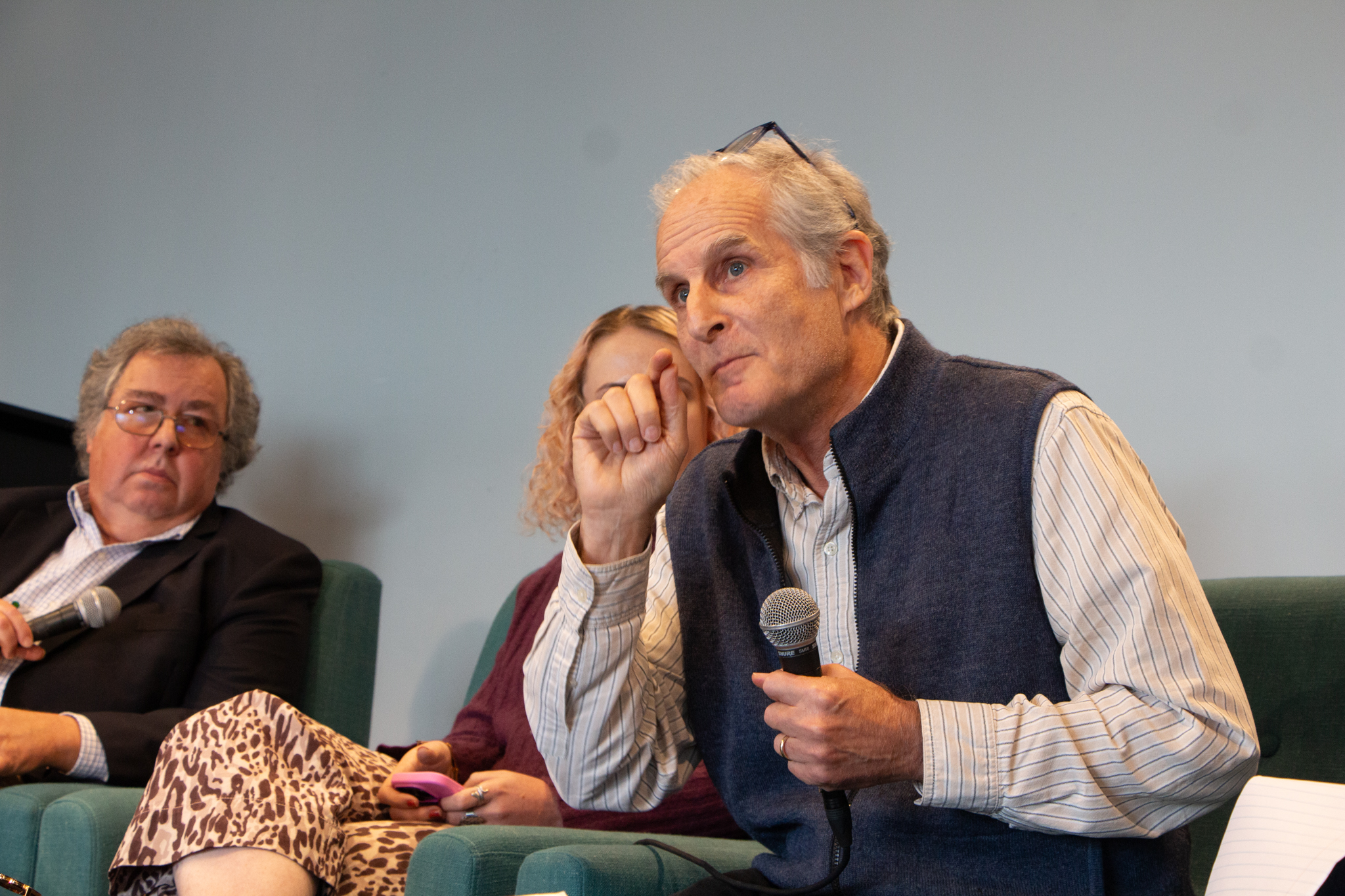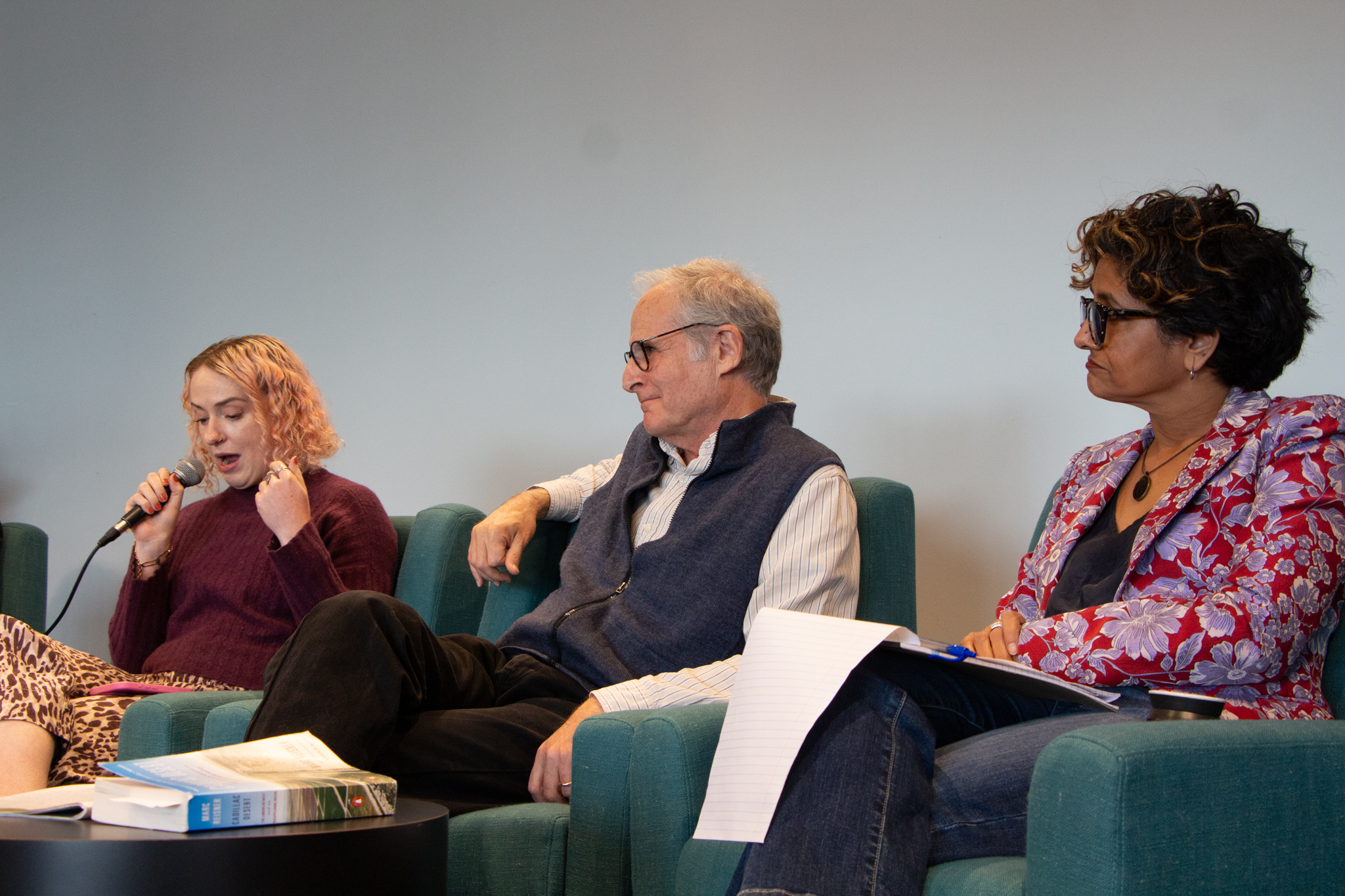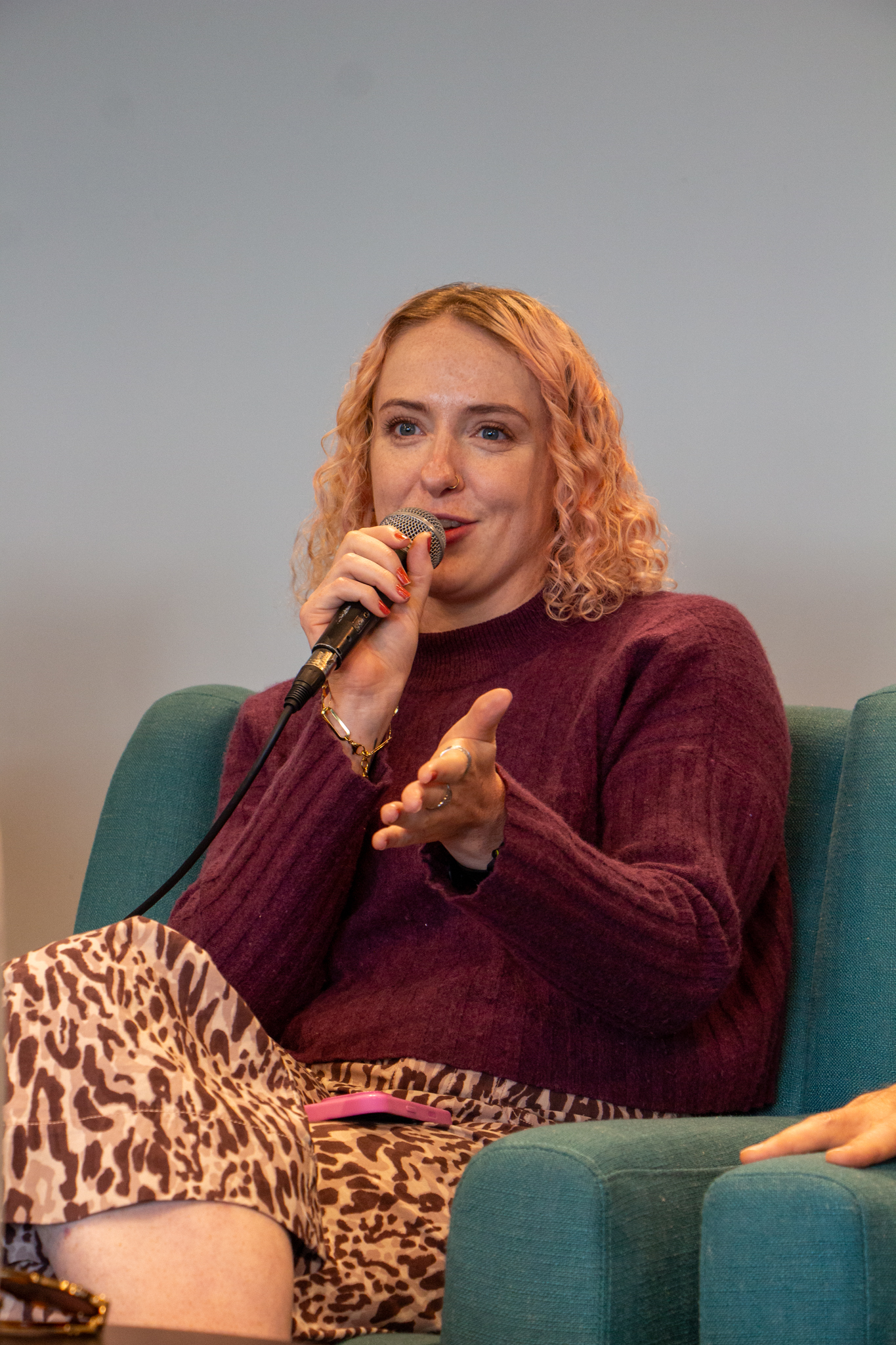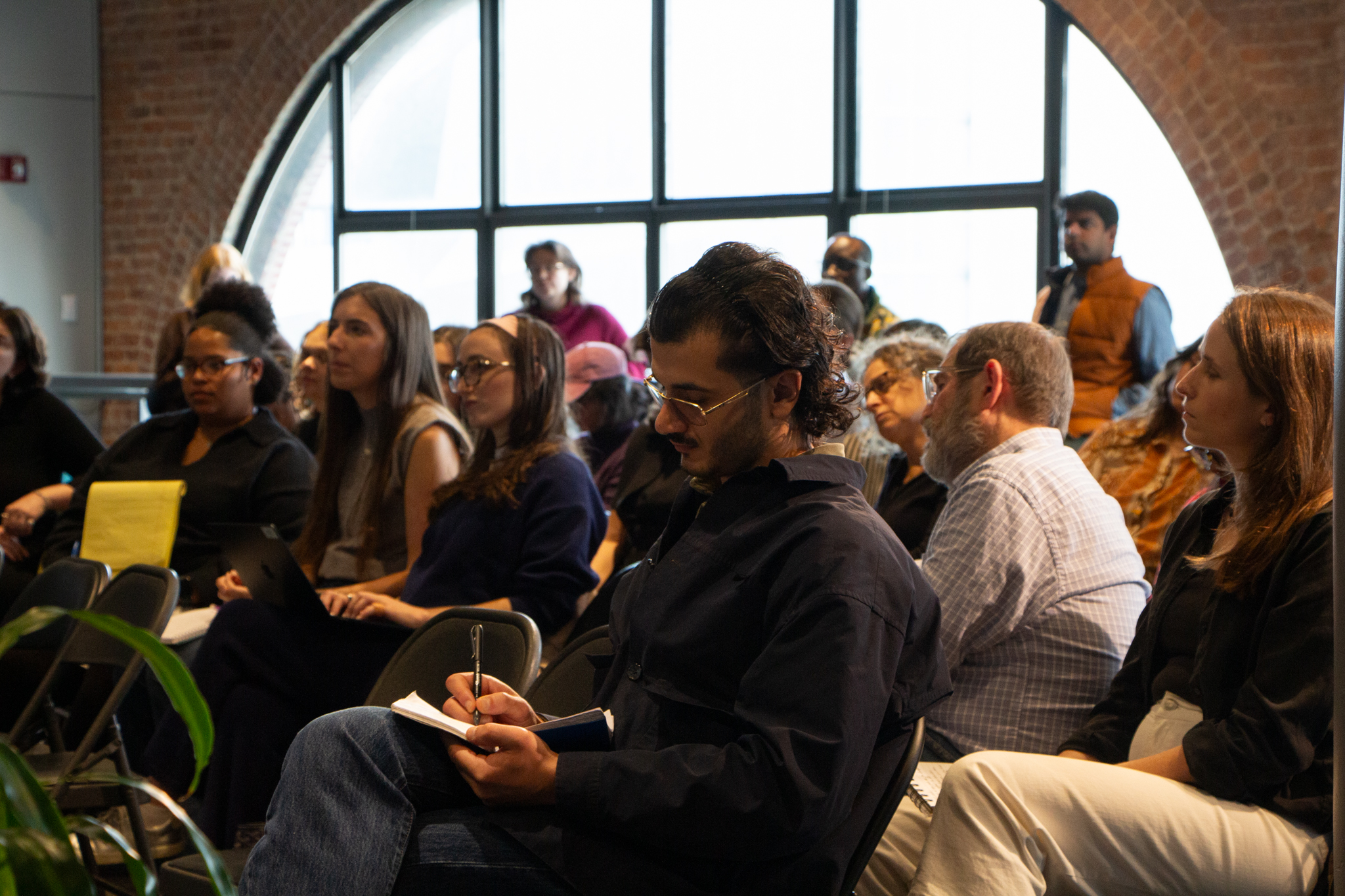When David Sassoon founded Inside Climate News (ICN) in 2007, he knew that shifting the climate information landscape would be an uphill battle: “You come to the climate issue, and you’re immediately confronted with a lot of unethical behavior that is flooding the zone,” he said“The level of deliberate misinformation for decades, and the amount of money that is behind it, is one of the first things you have to contend with and look at squarely.”

Nearly 20 years later, ICN’s nonprofit newsroom employs reporters in bureaus across the United States and has become a hub for in-depth, climate-focused journalism that is free to readers and regularly reprinted by local outlets. As a publisher, Sassoon recognizes that fighting a behemoth requires working together. “We are not in the competitive game of journalism, because in this circumstance, what’s most important is solidarity. There are fewer of us, there are fewer resources, and so we are all about collaboration,” Sassoon said during “Urgency, Uncertainty and Alarmism: Ethical Climate Coverage,” an October panel co-hosted by the New York University Ethics and Journalism Initiative and the University’s Science, Health, and Environmental Reporting Program (SHERP).
Persistence – in meeting the diverse information needs of communities and countering misinformation – was a recurring theme throughout the two-hour event, which brought together journalists from nonprofit, legacy, and digital-first publications. In addition to Sassoon, panelists included Emily Atkin, author and founder of HEATED, a popular climate newsletter published on Substack, and Somini Sengupta, international climate reporter on The New York Times’s climate team. The event was moderated by Dan Fagin, a Pulitzer-Prize-winning environmental journalist and SHERP’s director.
Much like Sassoon, Atkin and Sengupta have charted their own unique paths in pursuing what they view as ethical climate journalism. Atkin launched HEATED in 2019, driven by a desire for tough, independent accountability reporting that explicitly identified and condemned bad actors.
“As powerful people and corporations buy up most of the media with the express intention of turning journalists into champions of power rather than challengers of power, it is our responsibility, particularly as climate journalists, to call out people who gain power and profit from emitting carbon and other greenhouse gases,” said Atkin.
For Sengupta, a veteran reporter on humanitarian crises and international conflict, ethical climate reporting has meant pursuing sourcing and angles that might not immediately register as ‘climate stories,’ but instead highlight both the beauty and challenges of humans’ relationship to the natural world.
“A woman my age who is responsible for feeding her family somewhere in rural Malawi does not have the luxury to sit around and wring her hands about ‘How is this climate change?’” Sengupta said. “For most Americans and most people around the world, climate change may not be the first or most important thing on their plate. So I think relating to that is part of ethical coverage.”





